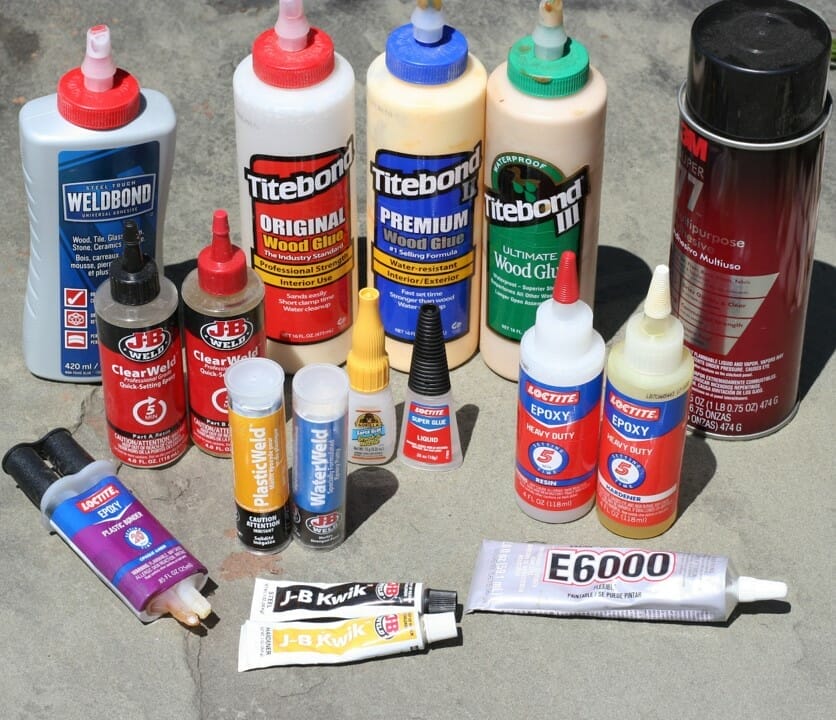A hacksaw is a versatile hand tool used for cutting various materials, including metal, plastic, and wood. Known for its precision, a hacksaw is an indispensable tool in workshops, garages, and construction sites. It features a metal frame with a blade that can be easily replaced, making it suitable for different cutting needs. This article delves into the essentials of a hacksaw, its applications, types, and maintenance, and also explores the importance of incorporating related materials like geotextile in construction projects.
What is a Hacksaw and How Does it Work?
A hacksaw is a manual cutting tool designed to cut through hard materials such as metal, plastic, and wood. The tool consists of a U-shaped frame and a thin, replaceable blade that is stretched between the frame’s arms. The blade’s teeth are designed to cut on the forward stroke, allowing for precise and controlled cuts. The frame can be adjusted to accommodate different blade lengths, and the tension of the blade can also be modified for optimal cutting performance. Hacksaws are commonly used in metalworking, woodworking, and plumbing due to their ability to make clean and accurate cuts.

What Are the Different Types of Hacksaws?
There are several types of hacksaws, each designed for specific cutting needs:
- Standard Hacksaw: The most common type, featuring a fixed or adjustable frame to hold different blade sizes. It is ideal for cutting metal pipes, rods, and sheets.
- Junior Hacksaw: A smaller version of the standard hacksaw, perfect for delicate and precise cutting tasks, especially in tight spaces. It is commonly used in electrical work and light plumbing.
- Power Hacksaw: An electrically powered version used for heavy-duty cutting tasks. Power hacksaws are often used in industrial settings for cutting thick metal bars and tubes.
- Mini Hacksaw: A compact version that is highly maneuverable and used for cutting in confined areas. It is ideal for detailed work and is often employed in DIY projects.
How to Choose the Right Blade for Your Hacksaw?
Selecting the right blade is crucial for efficient and safe cutting. Hacksaw blades come in different lengths and tooth counts, which determine their suitability for various materials:
- 14 to 18 TPI (Teeth Per Inch): Suitable for cutting soft metals like aluminum and mild steel.
- 24 TPI: Ideal for cutting medium-hard metals such as copper and brass.
- 32 TPI: Best for cutting thin metals, such as steel sheets, and for making fine cuts with minimal material waste.
- Bi-Metal Blades: These blades combine flexibility and hardness, making them perfect for heavy-duty cutting tasks and longer-lasting performance.
The choice of blade also depends on the material thickness and the precision required. Always select a blade that matches the task for better results and safety.
How Does Geotextile Relate to Hacksaw Usage?
Geotextile is a permeable fabric used in construction and landscaping for soil stabilization, erosion control, and drainage. When working on projects that involve geotextiles, such as road construction or retaining wall installations, precise cutting tools like hacksaws are essential. Hacksaws are used to trim and adjust various components, such as metal frames or pipes, that may be part of geotextile-related installations. Ensuring that these components fit accurately and are securely placed is crucial for the effectiveness of geotextiles in their applications.
For example, in the installation of a drainage system where geotextiles are employed to prevent soil clogging, hacksaws may be used to cut pipes and fittings to the required length. The precision that a hacksaw provides ensures that all materials fit perfectly, contributing to the durability and functionality of the geotextile system.
A hacksaw is a must-have tool for any professional or DIY enthusiast due to its versatility and precision in cutting various materials. Understanding the different types of hacksaws and how to choose the right blade can significantly enhance cutting efficiency and safety. In construction projects involving geotextiles, hacksaws play an essential role in ensuring proper fitting and installation of components, thereby enhancing the performance and longevity of the geotextile system.